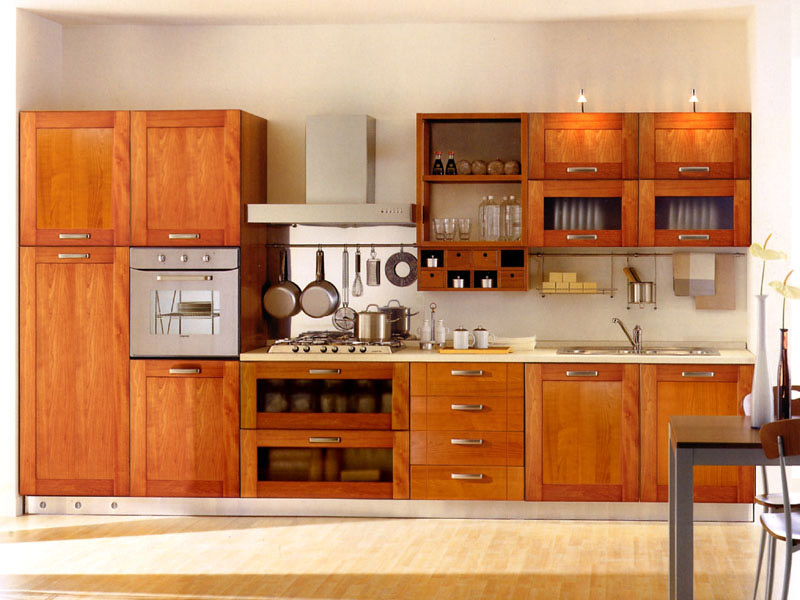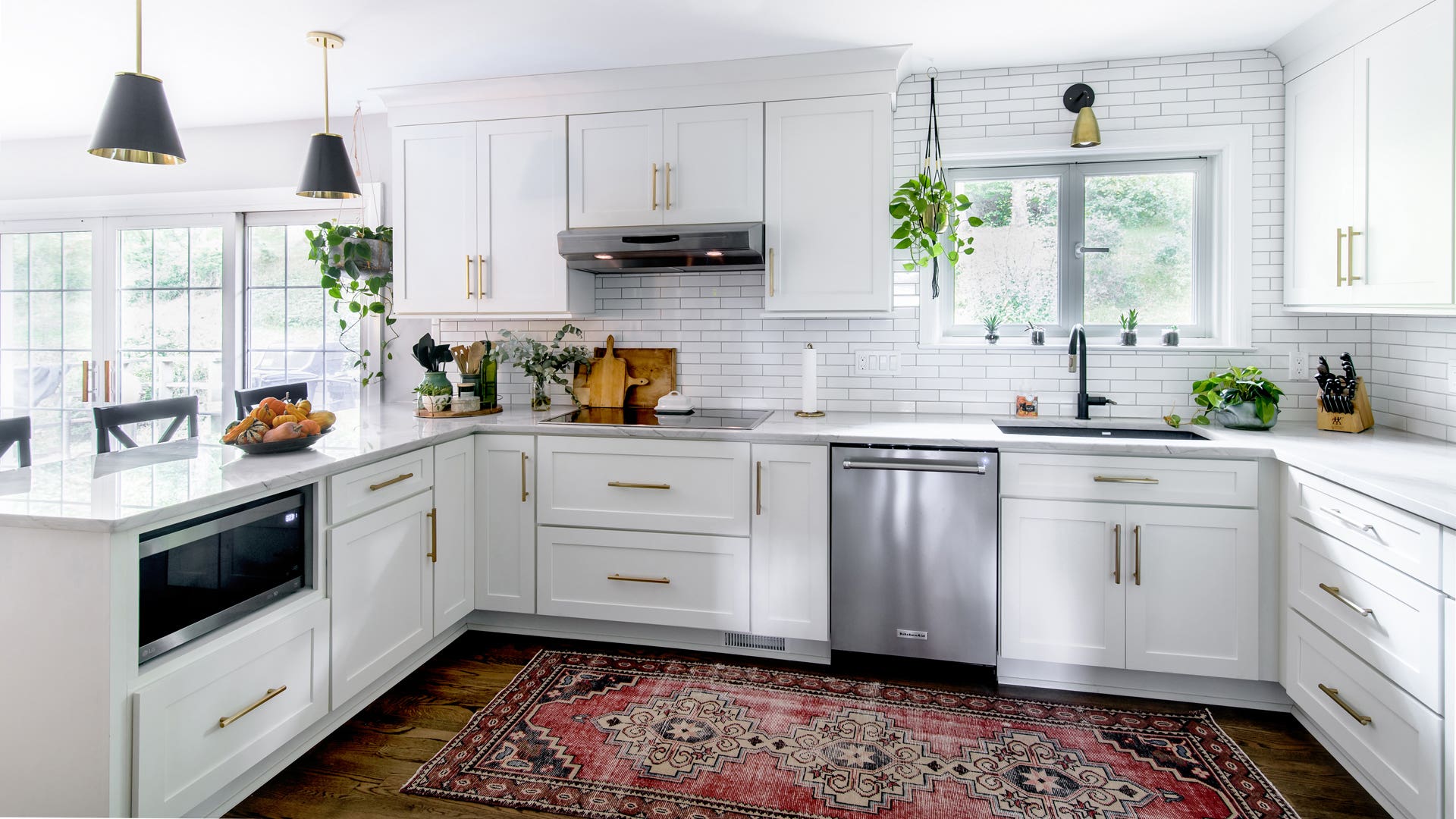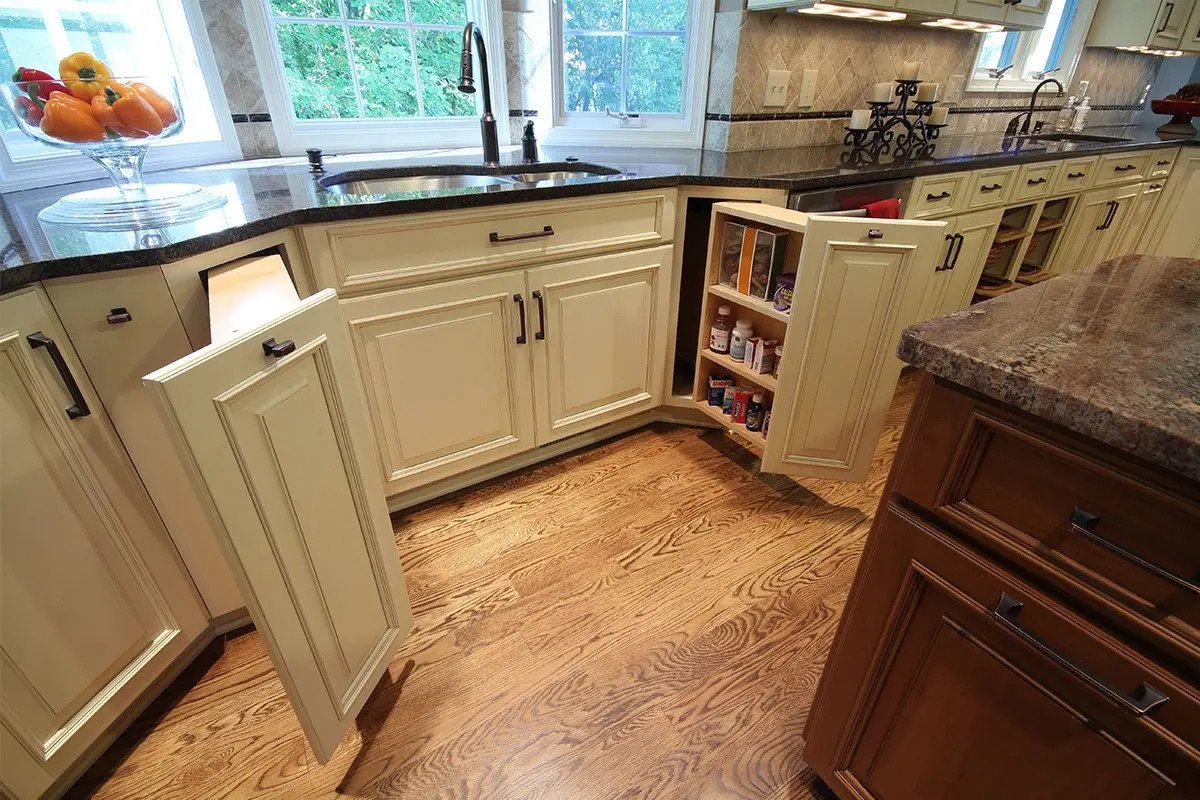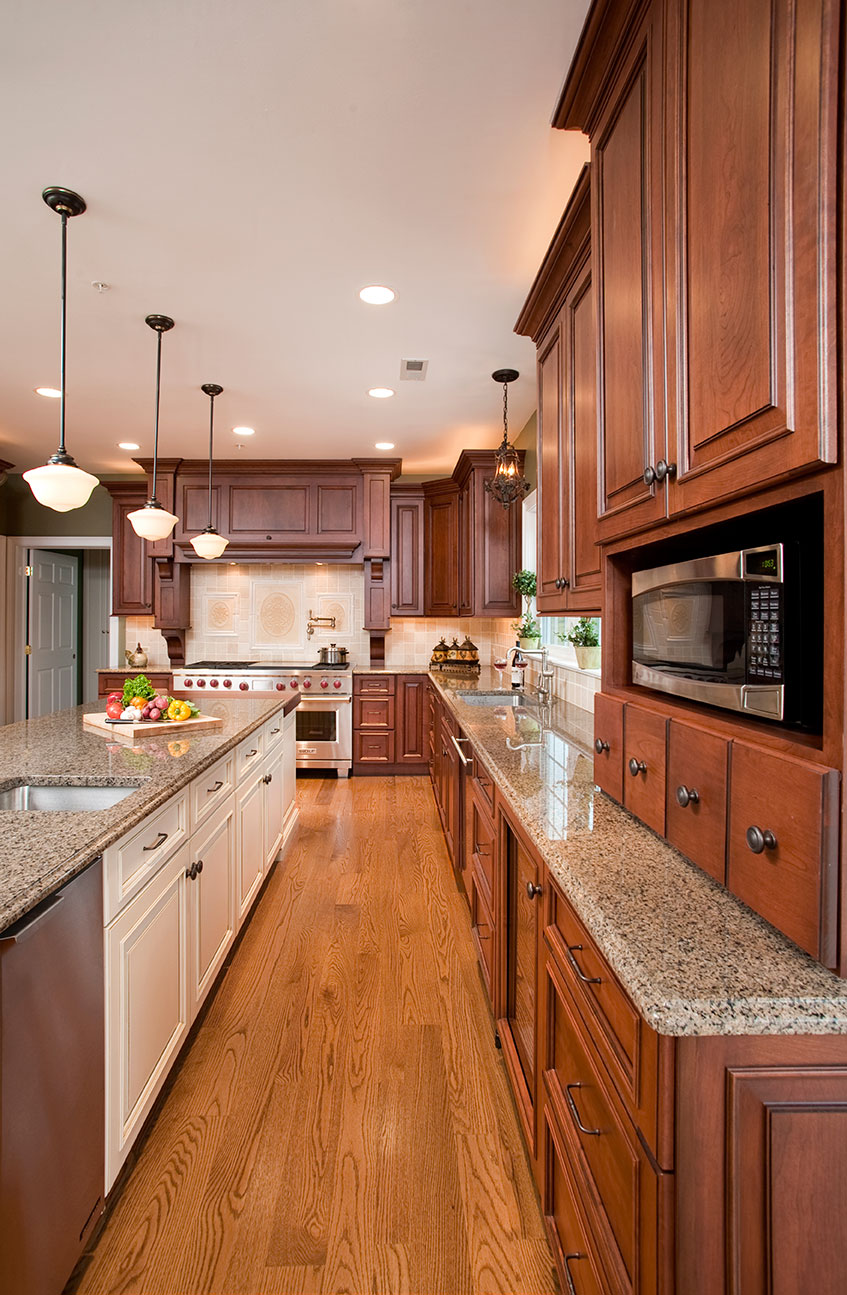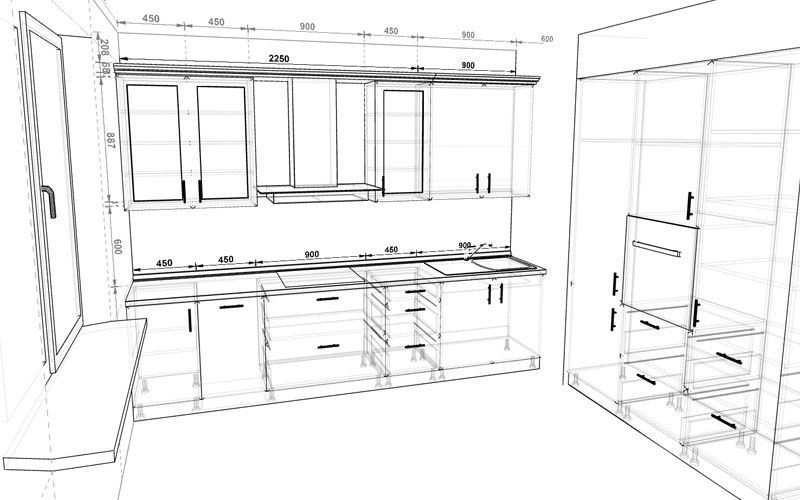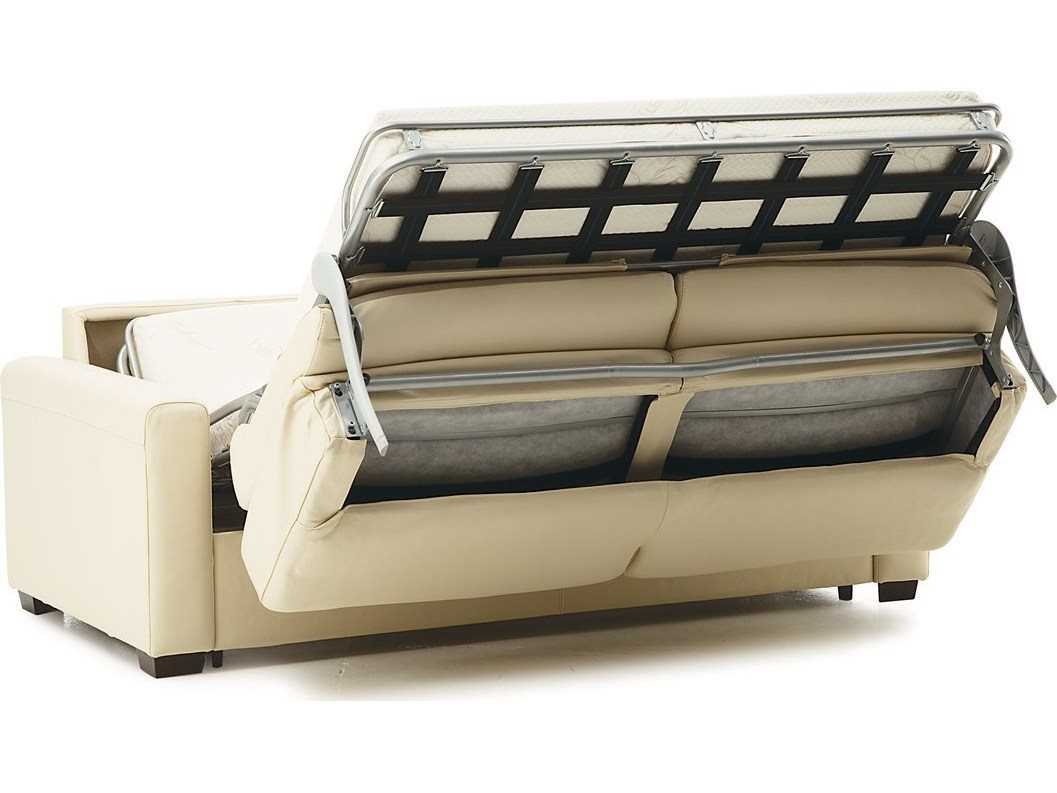When it comes to kitchen cabinets, there are a variety of design types available on the market. These include traditional, modern, transitional, and custom designs. According to Market Research Future, the global kitchen cabinet market is expected to grow at a CAGR of 5.8% from 2020 to 2027. But which design type holds the largest market share? Currently, traditional kitchen cabinets hold the majority of the market share. These cabinets feature classic designs, often with raised panel doors and intricate details. However, modern kitchen cabinets are quickly gaining popularity, with their sleek and minimalistic designs. This shift can be attributed to the rising trend of open-concept kitchens and the increasing demand for a more contemporary look.1. Kitchen Cabinet Market Share by Design Type
The kitchen cabinet design market is constantly evolving, with new trends emerging every year. One notable trend is the use of eco-friendly materials, such as bamboo and reclaimed wood, in cabinet designs. This not only appeals to environmentally-conscious consumers but also adds a unique touch to the kitchen. Another trend is the incorporation of technology into kitchen cabinet designs. This includes features such as touch-to-open doors and under-cabinet lighting, making the kitchen more functional and convenient for users. Additionally, the use of bold colors and unique finishes, such as matte and high gloss, is gaining popularity among homeowners looking to make a statement with their kitchen cabinets.2. Trends in Kitchen Cabinet Design Market Share
The kitchen cabinet design market is highly competitive, with several key players dominating the industry. Some of the top players include IKEA, MasterBrand Cabinets, Wellborn Cabinet Inc., and Siematic. These companies continuously invest in research and development to introduce new designs and stay ahead of the competition. Customization is also becoming a key strategy for these companies to differentiate themselves in the market. With the rise of online design tools and customizable options, consumers have more control over the design of their kitchen cabinets, leading to increased customer satisfaction and brand loyalty.3. Top Players in the Kitchen Cabinet Design Market
The ability to customize kitchen cabinets has had a significant impact on the market share of different design types. While traditional cabinets still hold the majority of the market, the demand for custom designs is steadily increasing. This is due to the desire for personalized and unique kitchen spaces. Customization also allows for more efficient use of space, making it a popular choice for small kitchens. Consumers can choose the size, layout, and features of their cabinets to suit their specific needs, resulting in a more functional and organized kitchen.4. Impact of Customization on Kitchen Cabinet Design Market Share
The kitchen cabinet design market is not only influenced by global trends but also by regional preferences and styles. In North America, traditional designs are still the most popular, while European countries tend to favor modern and contemporary designs. In Asia Pacific, there is a growing demand for custom designs, as consumers increasingly prioritize functionality and efficiency in their kitchens. The regional analysis also highlights the importance of understanding the target market when introducing new designs. What may be popular in one region may not necessarily be successful in another, emphasizing the need for market research and customization options.5. Regional Analysis of Kitchen Cabinet Design Market Share
Several factors are contributing to the growth of the kitchen cabinet design market. The increasing focus on home renovation and remodeling, especially in the luxury segment, is one of the primary drivers. The rise of open-concept living spaces has also led to a demand for high-quality and aesthetically pleasing kitchen cabinets. The growing trend of smart homes and the integration of technology into kitchen cabinets is also expected to drive market growth. As more consumers prioritize convenience and efficiency in their homes, the demand for technologically advanced kitchen cabinets is increasing.6. Factors Driving Growth in the Kitchen Cabinet Design Market
While the residential sector makes up the majority of the kitchen cabinet design market, there is a significant demand for these products in the commercial sector as well. In the commercial sector, kitchen cabinets are used in restaurants, hotels, and other foodservice establishments. The demand for durable and high-quality kitchen cabinets in commercial settings is fueling market growth in this sector. However, the residential sector continues to dominate the market, with homeowners constantly looking for ways to upgrade and improve their kitchen spaces. The shift towards open-concept living and the growing demand for custom designs in the residential sector are expected to drive market growth further.7. Comparison of Kitchen Cabinet Design Market Share between Residential and Commercial Sectors
The kitchen cabinet design market is witnessing constant innovation, with companies introducing new designs and features to attract consumers. One such innovation is the use of sustainable and eco-friendly materials, such as bamboo, in cabinet designs. This not only appeals to environmentally-conscious consumers but also sets these companies apart from their competitors. The incorporation of technology into kitchen cabinets is also changing the game. With the rise of smart homes, consumers are increasingly looking for ways to make their kitchen spaces more convenient and efficient. As a result, we are seeing more technologically advanced features being integrated into kitchen cabinet designs, such as touch-to-open doors and built-in charging stations.8. Innovations in Kitchen Cabinet Design and their Impact on Market Share
As mentioned earlier, traditional kitchen cabinets currently hold the majority of the market share. However, with the rising popularity of open-concept living and modern design aesthetics, the market share of modern kitchen cabinets is steadily increasing. The demand for sleek and minimalist designs, as well as the incorporation of technology, is driving the growth of modern kitchen cabinets. However, traditional designs continue to hold their ground, with many consumers still preferring their classic and timeless look. As a result, we see a healthy competition between traditional and modern designs in the kitchen cabinet market.9. Market Share of Traditional vs. Modern Kitchen Cabinet Designs
The kitchen cabinet design market is expected to continue its growth trajectory in the next five years. The increasing demand for home renovation and remodeling, as well as the rise of smart homes, will be major contributors to this growth. The market is also expected to see a shift towards modern designs, with the demand for customization and eco-friendly options on the rise. Overall, the kitchen cabinet design market is driven by consumer preferences, trends, and innovation. As the market becomes more competitive, companies will need to continue investing in research and development to stay ahead and capture a larger market share.10. Forecasted Growth of Kitchen Cabinet Design Market Share in the Next 5 Years
Kitchen Cabinet Design Market Share: A Growing Industry
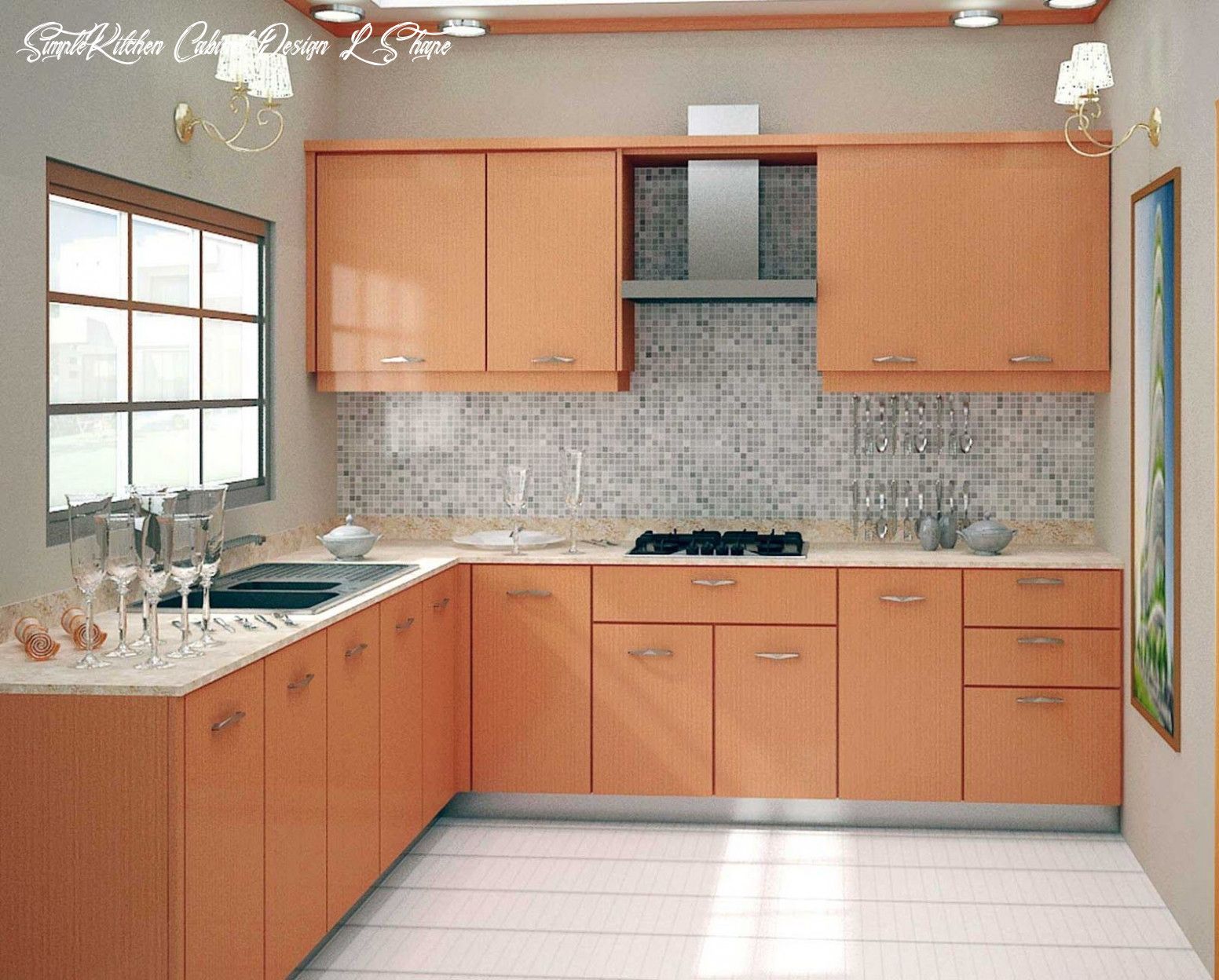
Designing the Heart of the Home
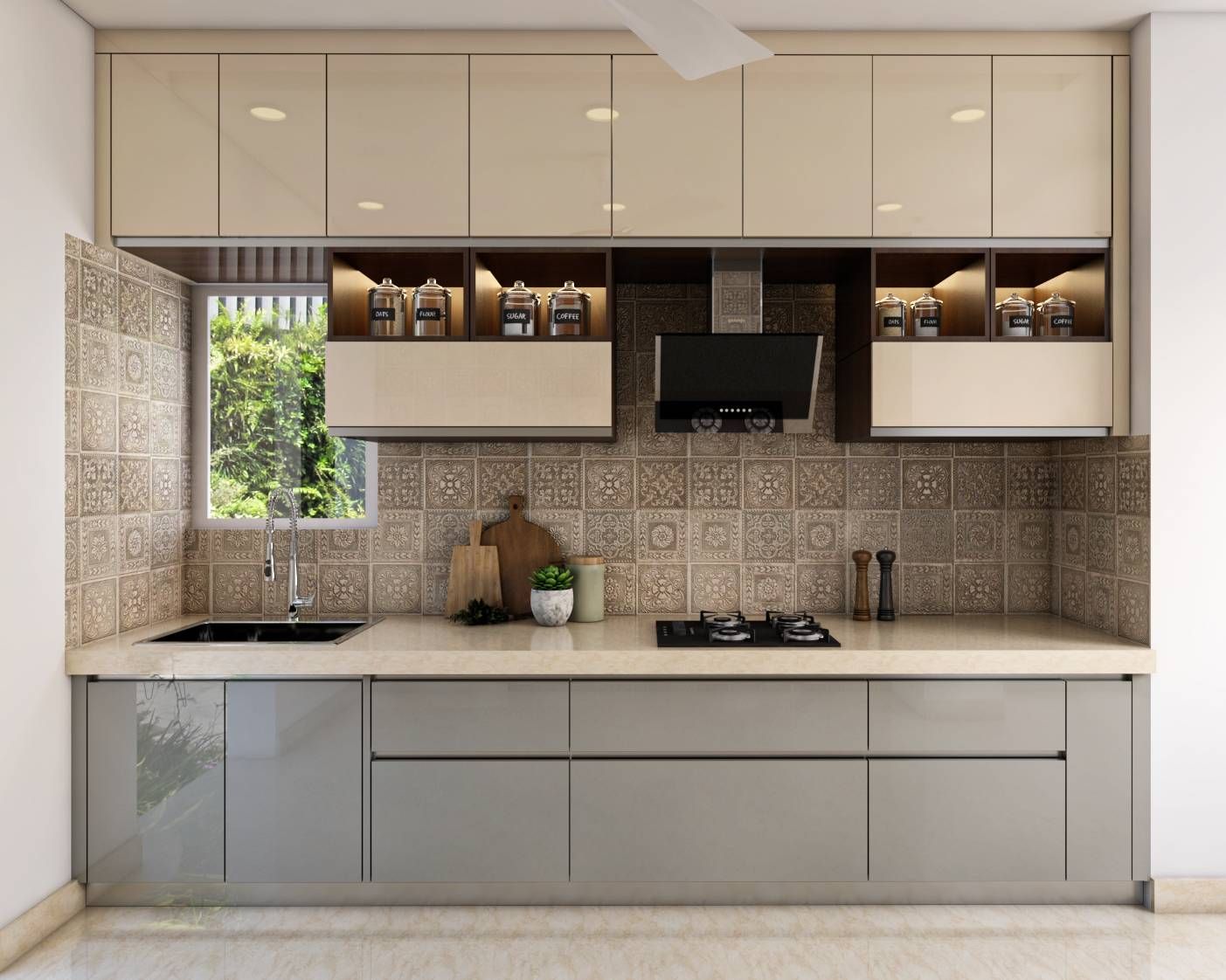 The kitchen is often referred to as the heart of the home, and for good reason. It is where families gather to cook, eat, and spend quality time together. As the focal point of the house, it is important for the kitchen to be both functional and aesthetically pleasing. This is why kitchen cabinet design plays a crucial role in the overall design and appeal of a home. In recent years, the kitchen cabinet design market has seen significant growth and has become a competitive industry driven by innovation and consumer demand.
The kitchen is often referred to as the heart of the home, and for good reason. It is where families gather to cook, eat, and spend quality time together. As the focal point of the house, it is important for the kitchen to be both functional and aesthetically pleasing. This is why kitchen cabinet design plays a crucial role in the overall design and appeal of a home. In recent years, the kitchen cabinet design market has seen significant growth and has become a competitive industry driven by innovation and consumer demand.
Market Trends and Innovations
 The kitchen cabinet design market has experienced a shift towards more modern and contemporary designs in recent years. This trend can be attributed to the rise of minimalist and industrial interior styles, as well as the growing popularity of open-concept living spaces. As a result, kitchen cabinets are no longer seen as just a functional storage solution, but also as a statement piece in the overall design of the kitchen.
In addition to design trends, technological advancements have also played a major role in shaping the kitchen cabinet industry. With the rise of smart homes, there has been an increase in demand for cabinets with built-in features such as charging stations, LED lighting, and touch-activated doors. These innovations not only add convenience but also elevate the overall user experience.
The kitchen cabinet design market has experienced a shift towards more modern and contemporary designs in recent years. This trend can be attributed to the rise of minimalist and industrial interior styles, as well as the growing popularity of open-concept living spaces. As a result, kitchen cabinets are no longer seen as just a functional storage solution, but also as a statement piece in the overall design of the kitchen.
In addition to design trends, technological advancements have also played a major role in shaping the kitchen cabinet industry. With the rise of smart homes, there has been an increase in demand for cabinets with built-in features such as charging stations, LED lighting, and touch-activated doors. These innovations not only add convenience but also elevate the overall user experience.
Key Players and Market Share
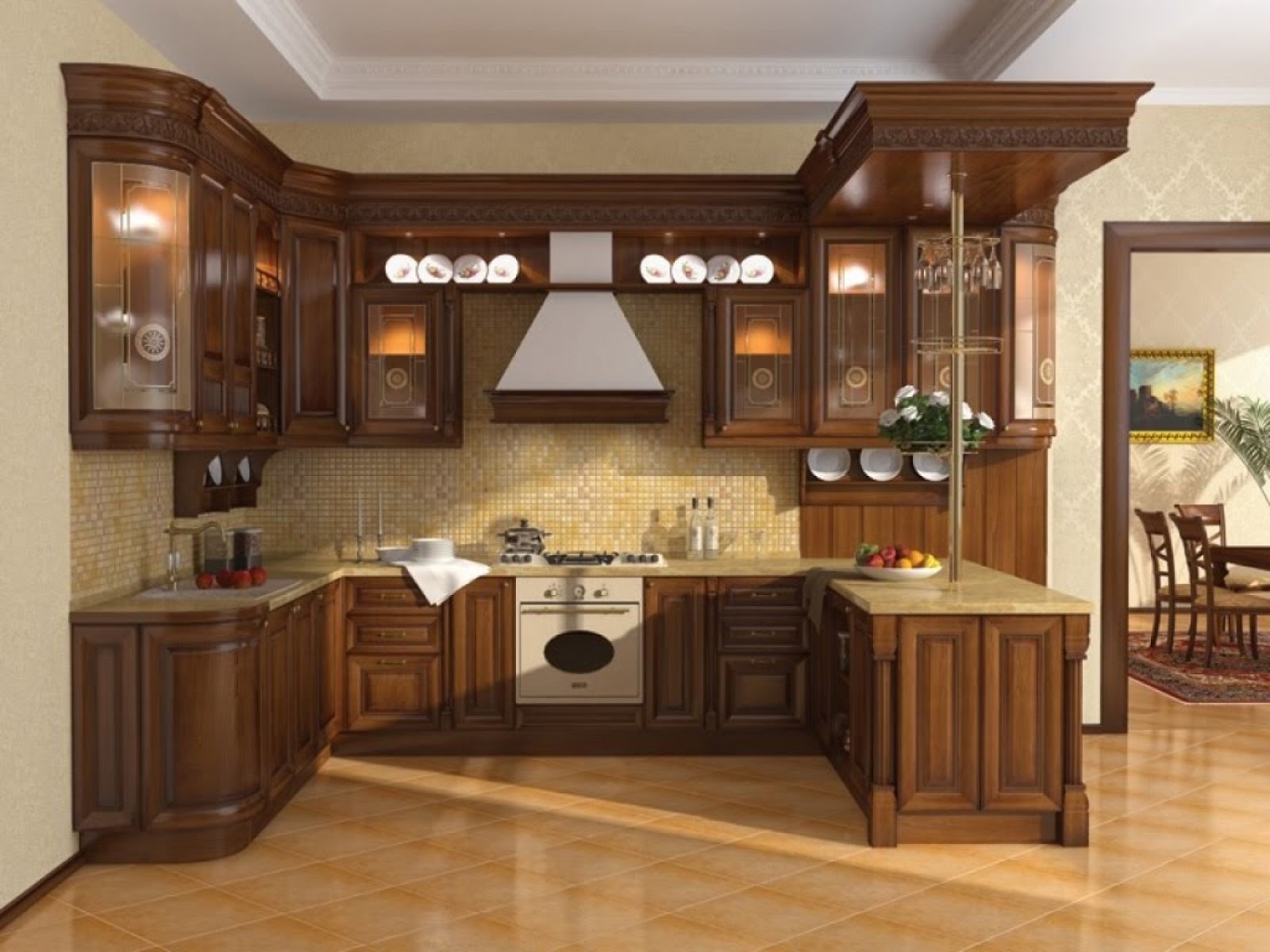 The kitchen cabinet design market is highly competitive, with a few key players dominating the industry. These include well-known brands such as
KraftMaid, Ikea, and Merillat
, which together account for a significant portion of the market share. However, with the rise of smaller, independent cabinet makers and the availability of online shopping, the market is becoming more fragmented and competitive.
The kitchen cabinet design market is highly competitive, with a few key players dominating the industry. These include well-known brands such as
KraftMaid, Ikea, and Merillat
, which together account for a significant portion of the market share. However, with the rise of smaller, independent cabinet makers and the availability of online shopping, the market is becoming more fragmented and competitive.
The Impact of Customization and Sustainability
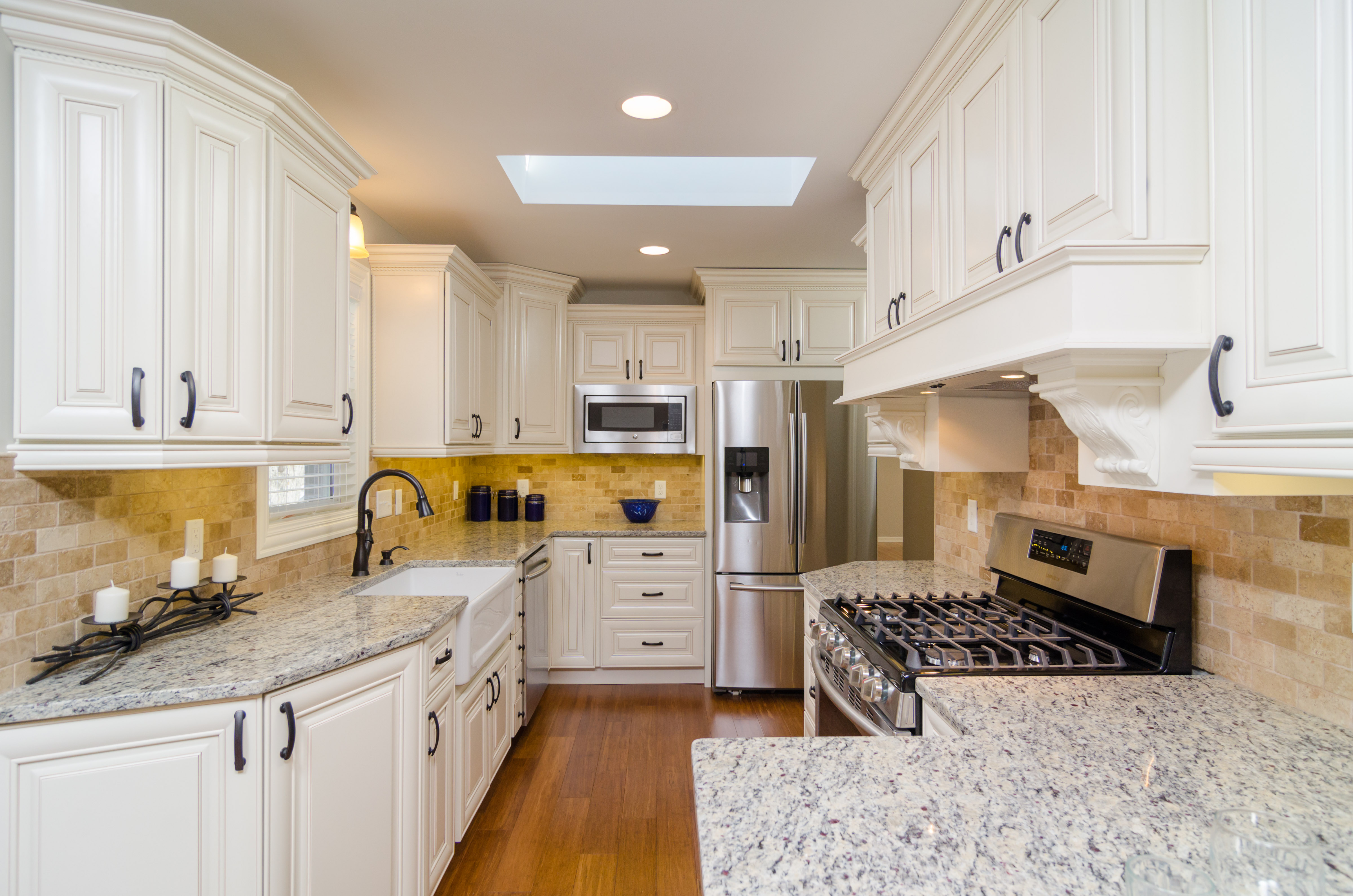 In recent years, there has been a growing demand for customizable and sustainable kitchen cabinets. Consumers are increasingly looking for unique and personalized designs that reflect their individual style and needs. This has led to the rise of custom cabinet makers, who offer a wide range of styles, materials, and finishes to choose from.
In addition, there is a growing awareness and concern for the environment, leading to a demand for sustainable and eco-friendly materials in the production of kitchen cabinets. As a result, many manufacturers are now using materials such as bamboo, reclaimed wood, and recycled materials to create more environmentally friendly options.
In recent years, there has been a growing demand for customizable and sustainable kitchen cabinets. Consumers are increasingly looking for unique and personalized designs that reflect their individual style and needs. This has led to the rise of custom cabinet makers, who offer a wide range of styles, materials, and finishes to choose from.
In addition, there is a growing awareness and concern for the environment, leading to a demand for sustainable and eco-friendly materials in the production of kitchen cabinets. As a result, many manufacturers are now using materials such as bamboo, reclaimed wood, and recycled materials to create more environmentally friendly options.
The Future of Kitchen Cabinet Design
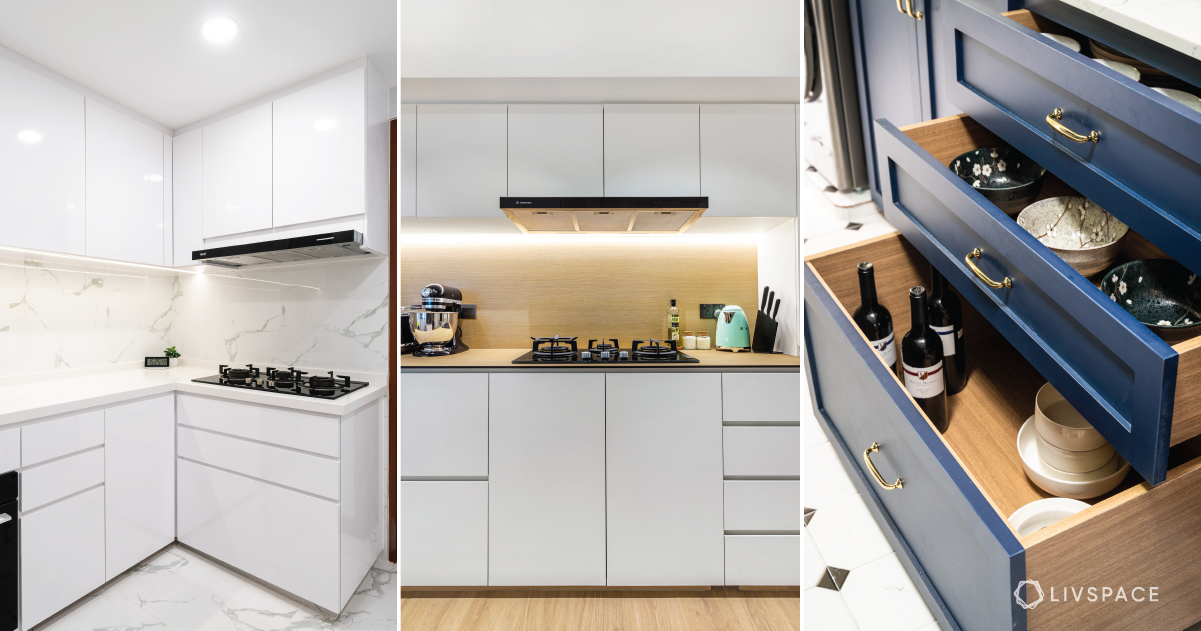 The future of the kitchen cabinet design market looks promising, with continued innovation and customization driving the industry forward. As the kitchen continues to be the heart of the home, consumers will continue to invest in high-quality, stylish, and functional cabinets. With a growing focus on sustainability, we can also expect to see more environmentally friendly options in the market.
In conclusion, the kitchen cabinet design market is a constantly evolving and competitive industry, driven by consumer demand for innovation, customization, and sustainability. As the focal point of the home, the kitchen will continue to be a key factor in the overall design and appeal of a house. With the right combination of style, functionality, and sustainability, kitchen cabinet design is sure to remain a thriving market in the years to come.
The future of the kitchen cabinet design market looks promising, with continued innovation and customization driving the industry forward. As the kitchen continues to be the heart of the home, consumers will continue to invest in high-quality, stylish, and functional cabinets. With a growing focus on sustainability, we can also expect to see more environmentally friendly options in the market.
In conclusion, the kitchen cabinet design market is a constantly evolving and competitive industry, driven by consumer demand for innovation, customization, and sustainability. As the focal point of the home, the kitchen will continue to be a key factor in the overall design and appeal of a house. With the right combination of style, functionality, and sustainability, kitchen cabinet design is sure to remain a thriving market in the years to come.
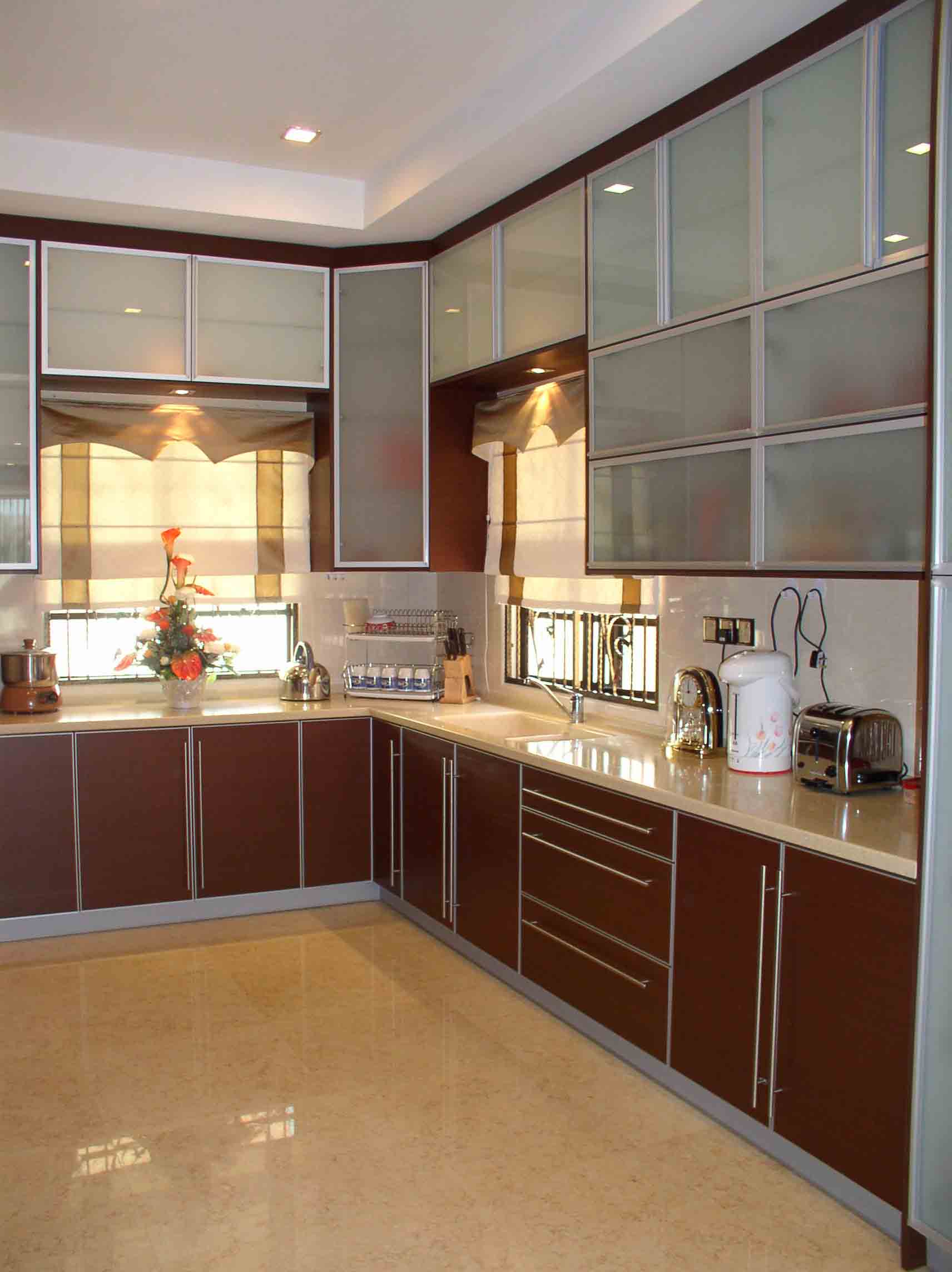




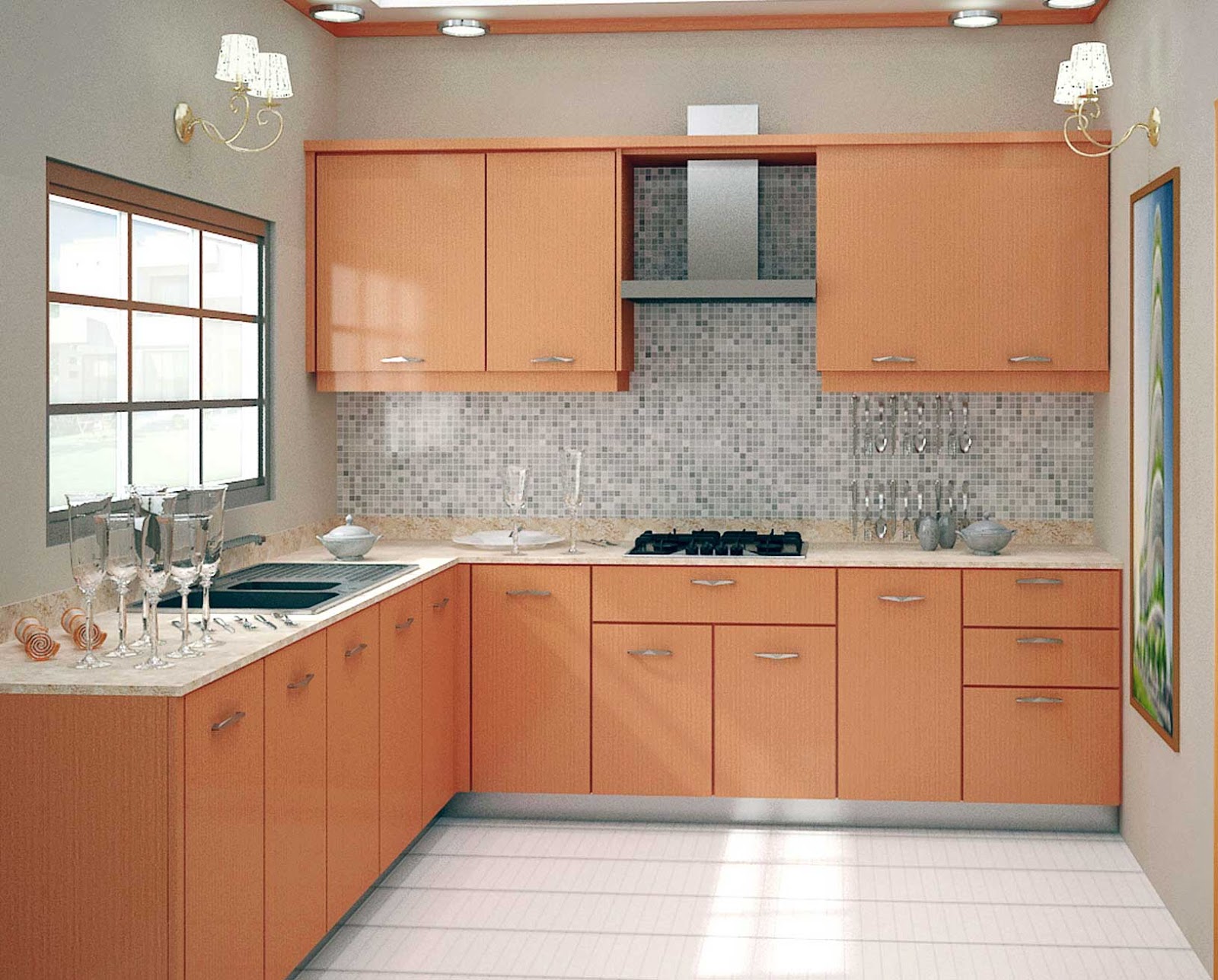





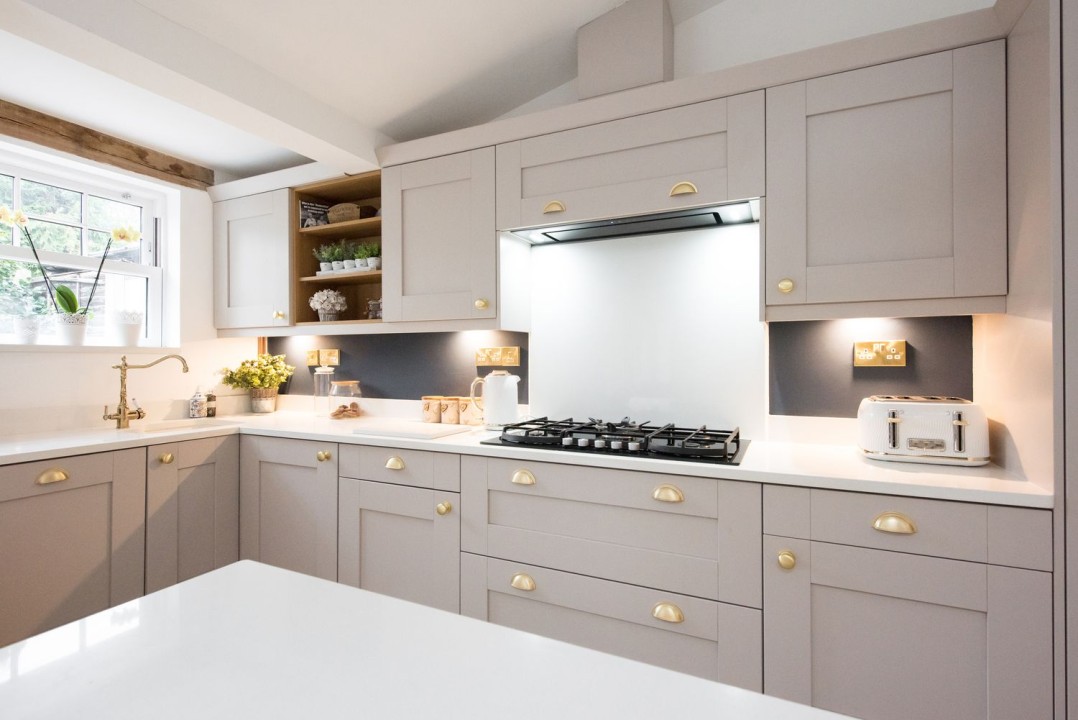


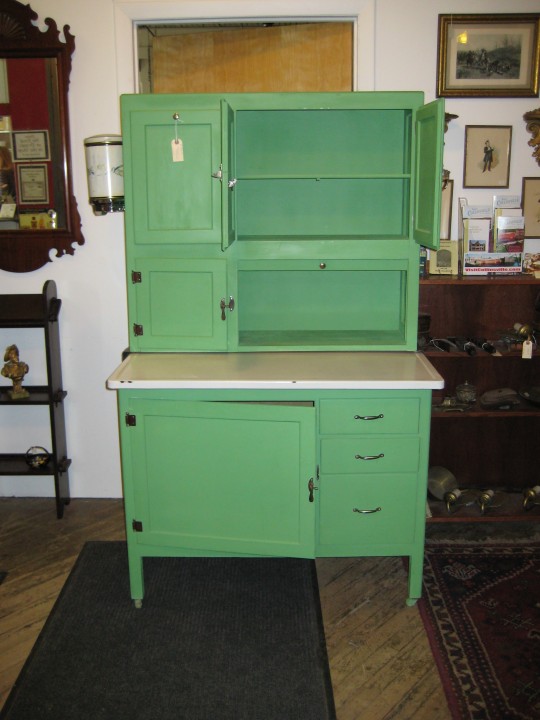

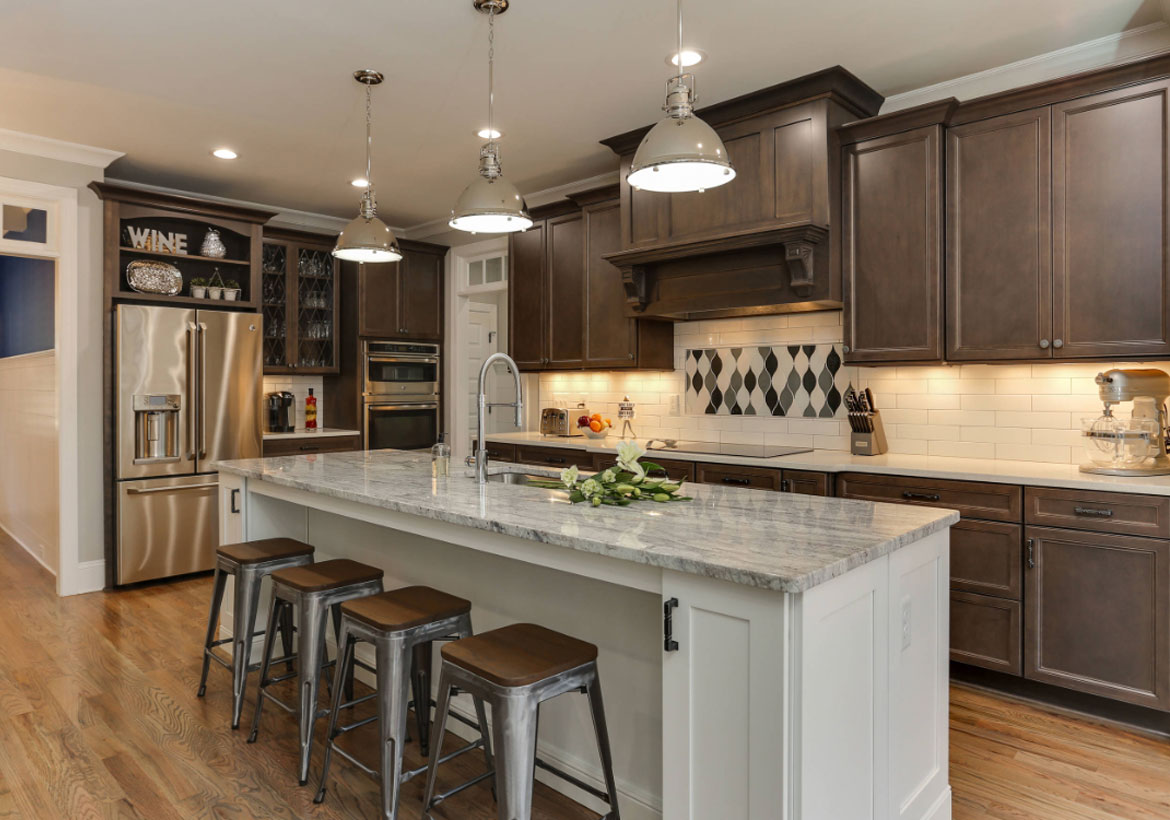



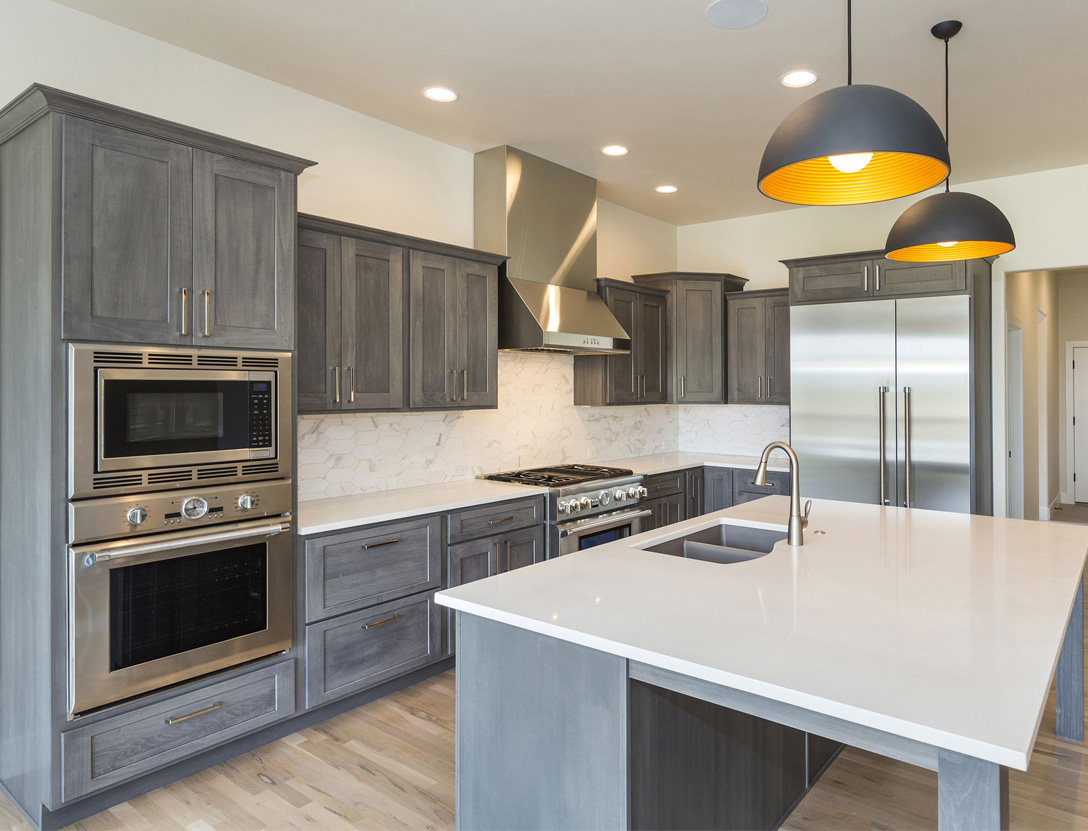


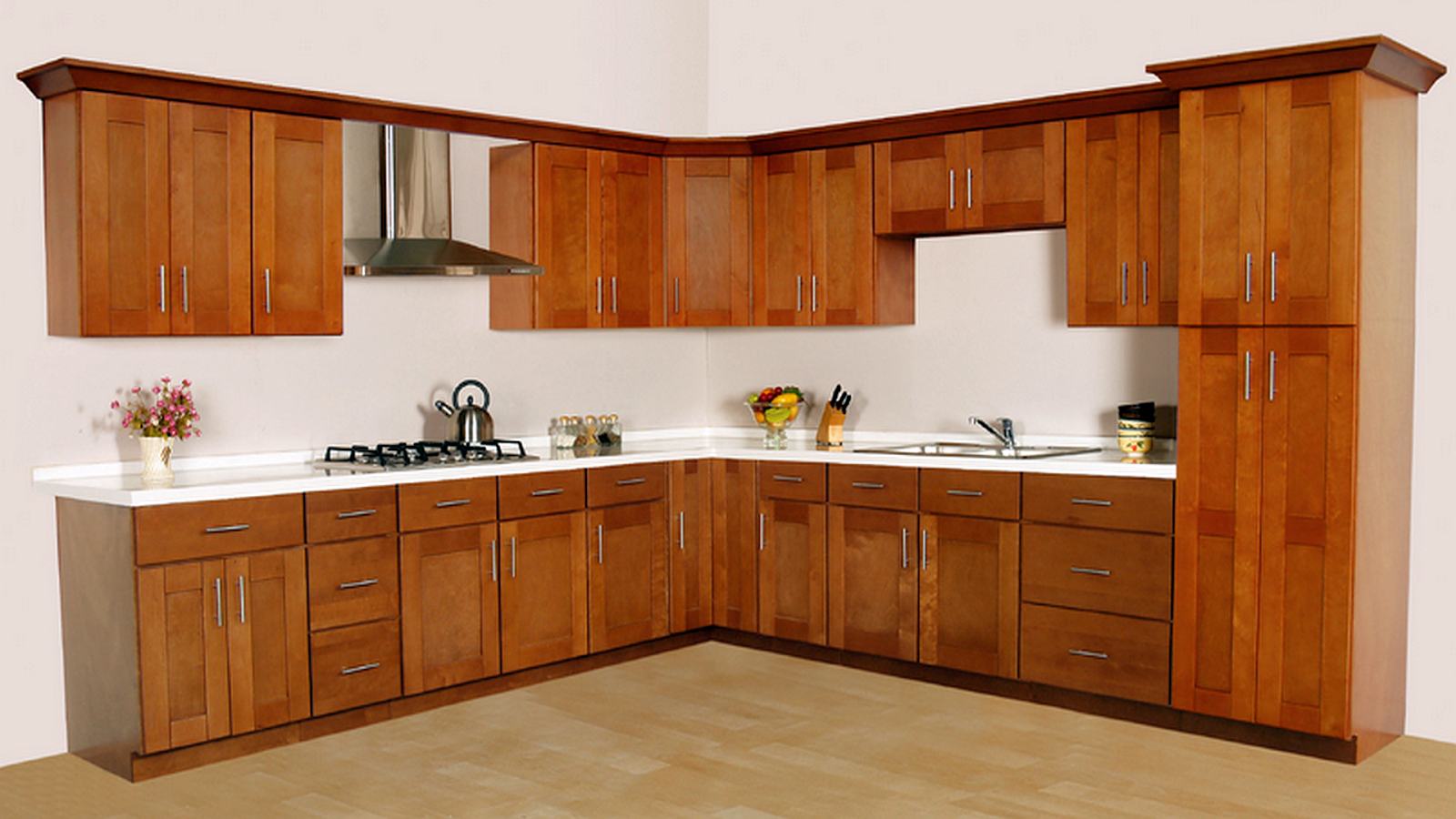



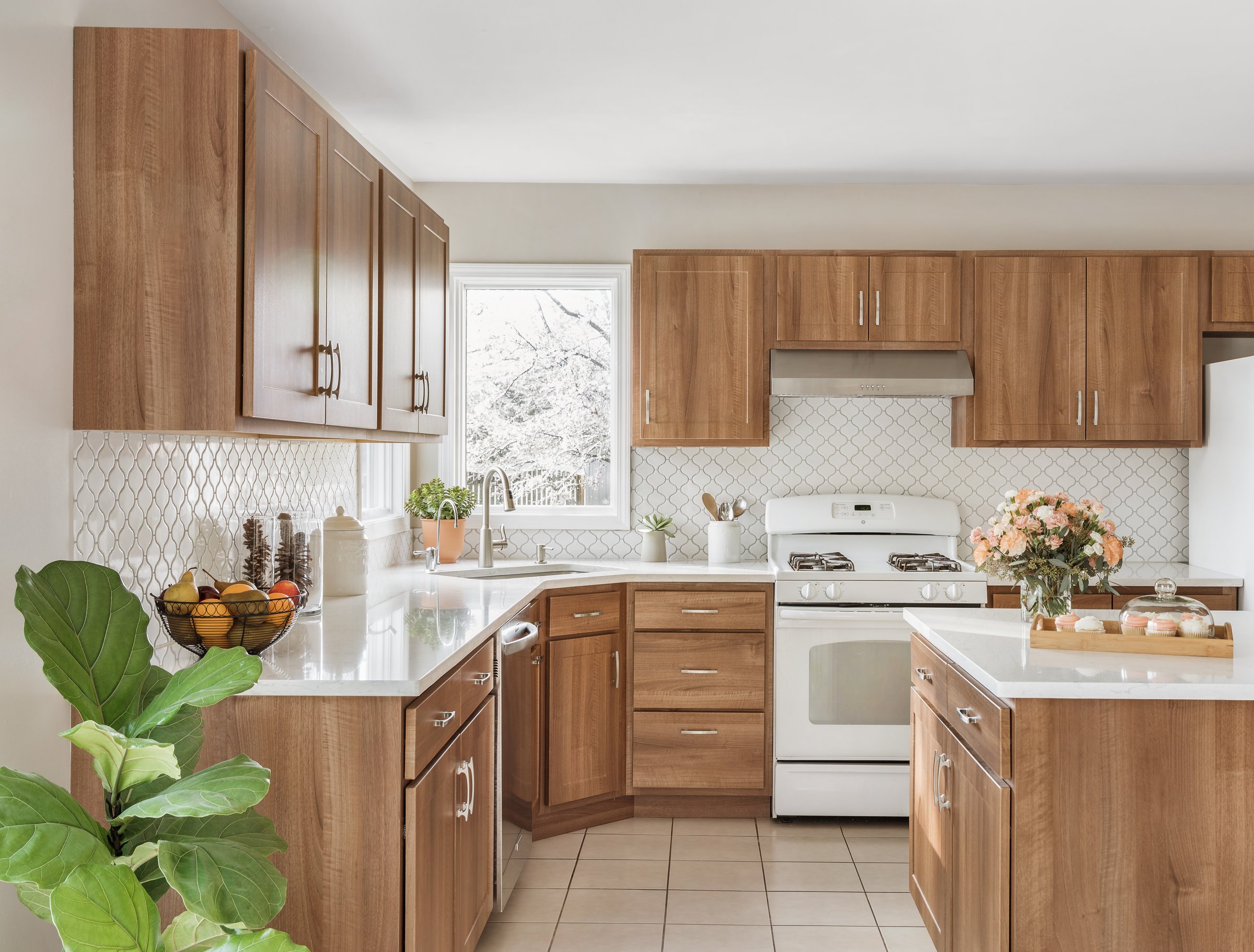

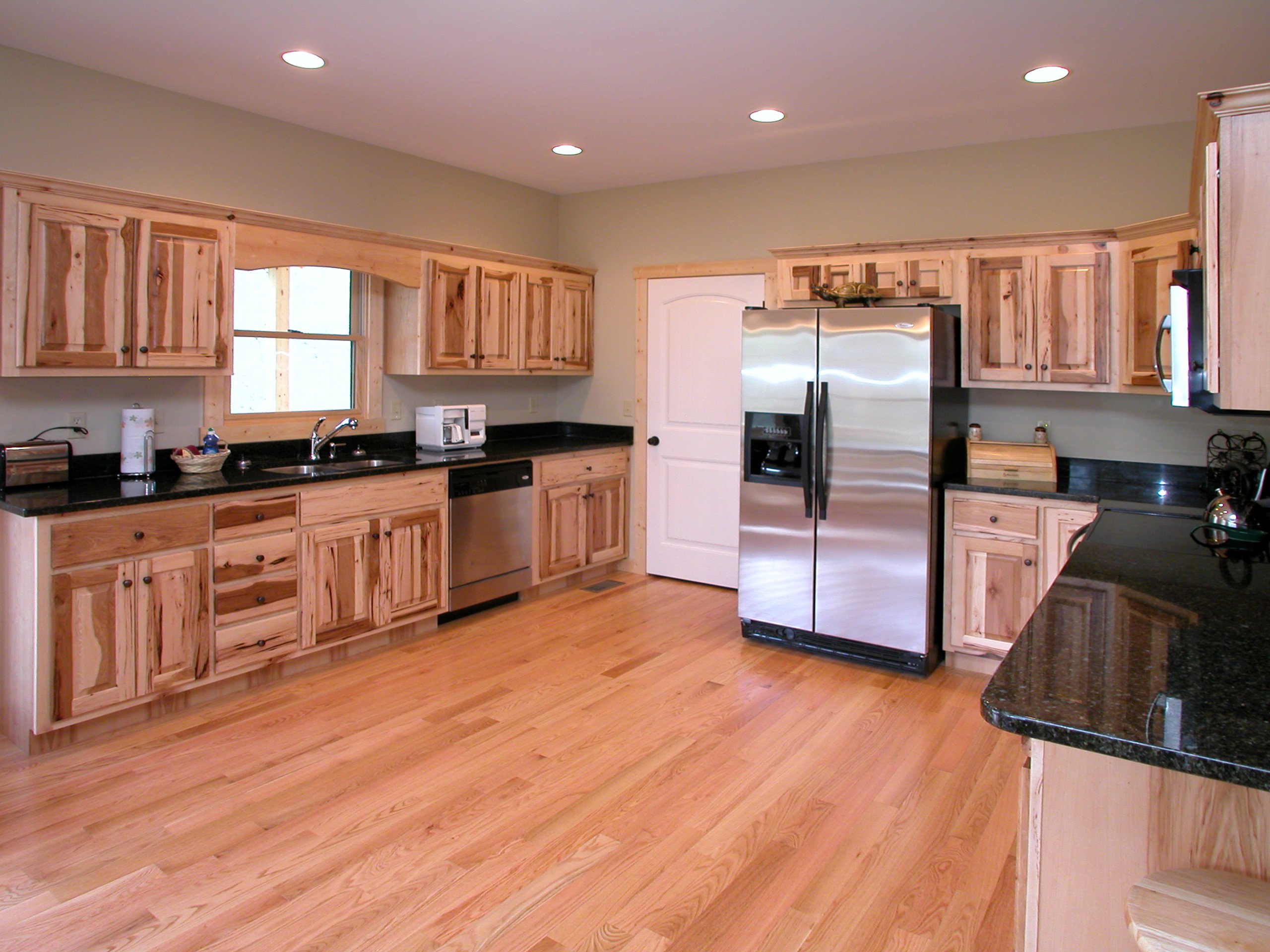




:max_bytes(150000):strip_icc()/guide-to-common-kitchen-cabinet-sizes-1822029_3_final-5c8961c546e0fb00012c67e0.png)
